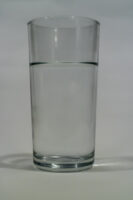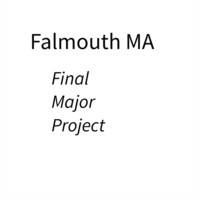This week’s topic of Critical Thinking has been one of the more challenging topics within module 1. I think this is partly due to the fact that it can be viewed as a very academic element with art based degree. I started my research by looking for texts that could help explain the subject in terms that I could relate to based on my Engineering and Science based background. I discovered a book by Ashley laGrange “Basic Critical Theory for Photographers” which I understand is a foundation text for many BA degree courses. I have decided to read the book as a side project to help improve my understanding of the topic.
Having only read the initial part of the book my view on critical thinking is not yet fully however i have reach a few basic conclusions on the subject which I will revisit in the coming months.
The first stage of critical theory is seeing: What I see in the image? Are there specific elements that draw my focus in most of my current work it will be the person(s) within the frame as most of my current work is fashion / portraiture based. What is the person doing within the context of the image. Depending upon the connection I want to create between view and subject I might have the person looking directly at the observer or turned away to create a sense of distant between the two.
The second stage is creating meaning from the image in the form of words which introduce context into the image. The contexts for an image can come from a number of different sources. As a photographer I can provide context on what I was trying to convey through the image and why was the shutter pressed at that specific moment. In portraiture and fashion the subject is able to provide their own context to the image as an example how they felt when the image was taken and maybe how the felt generally on that specific day. The third context is the viewer of the image and not not everyone will view the image in the same way.
Based on our group discussion this week it is clear that multiple factors influence the viewers context of the image: such as culture, age, sex and even the images they have seen just before this specific image can influence their contextual view. My conclusion from this week’s research is that understanding these factors can help me create images that better fit into their intended context. Though as a photographer I think my images should raise questions in the viewer rather than providing them with the complete answer and I would hope that when I explain the photographers perspective to others they can look at the image with fresh eyes and rely with words the to the effect “Ah Yes I can see that…”
On a side note I liked an alternative take on critical thinking from an Australian photographer Peter Coulson who has created a number of images he calls “Mirror Images” because he considers the response of the viewer provides to his images tells him something about the observer and their inherent biases.



